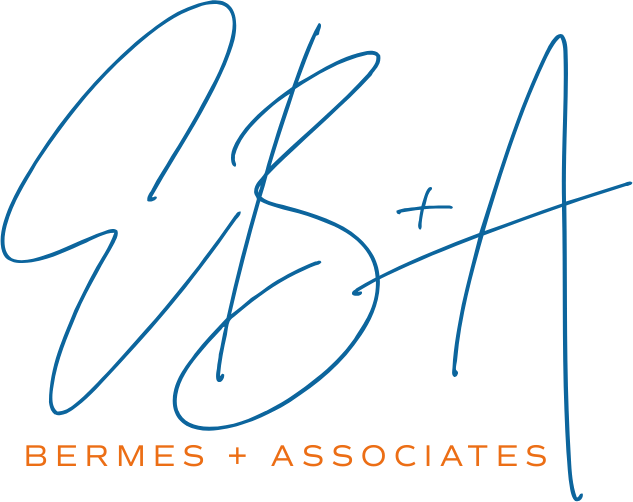How to Be Good at Receiving Feedback
Gathering and providing feedback for executives is a big part of what we do to uncover blind spots, address career stallers, and prepare people for advancement. Much of the time this is a positive experience for the executive (and for us).
But there are exceptions to the norm.
Sometimes executives cannot receive feedback in a constructive way. Whether it comes through an interview-based 360 assessment or via feedback from new teams, executives have two choices:
Use the feedback. Or, make matters worse by refuting it.
Want to get better at receiving feedback? It’ll help to know what deflection looks like, how it demoralizes teams, and how to do better.
Let’s get started.
What Deflection Looks Like
Sometimes executives don’t like what they hear in feedback, and so to protect their sense of self, they deflect it. Deflection can include minimizing the significance of the feedback, blaming it on a situation they don’t control, or even blaming it on another person.
It’s easy to understand why this happens, but when executives do this, what does it mean to those around them – and, in particular, to their teams?
How Deflection Demoralizes Teams
When a team has chosen to be vulnerable and courageous in sharing feedback only to have the executive refute or deflect it, it’s terribly disheartening. The message is clear: “I heard you, I understand you, you’re wrong, and I’m not going to do anything to help you.” This is not what teams want or need to be successful. In fact, it sabotages teams’ chances at meaningful engagement.
I recall one particularly harsh New Leader Assimilation where the leader was having a significantly negative impact on his team. The team shared openly and directly; they were visibly struggling with their leader on multiple fronts. With the feedback laid out for the leader to address, he proceeded to deflect, minimize, and make excuses for every single struggle he was causing.
The energy in the room, which often gets more positive through these sessions, turned to a sort of silent desperation and disbelief. In spite of my prompting the executive to find topics he could own or make better, he continued to write off his team’s experiences for the entire duration of the session.
I received a call afterward (a first for me), from a direct report who wanted to know if what had happened in the session was normal. “No,” I answered. “That was the opposite of normal.”
It was the opposite of healthy ownership, too.
How to Do Better
Instead of deflecting, the best leaders are accountable. They “own” feedback. They take it to heart. They acknowledge what people are experiencing even if they don’t totally control it.
They make it clear that they will work on the things they need to, and they make it clear if there are things they simply cannot change or control while demonstrating empathy and understanding.
For example, an old client of mine often received feedback that he was hard to read. And he was! So, when he took on new teams, he would acknowledge that reality. Then, he’d assure his team that he had never effectively been able to change that about himself, and he’d encourage them to ask him what he was thinking or feeling if they weren’t able to get a read on him.
It worked – his people adapted.
People can accept different leadership styles. They can work with a change in expectation, a change in culture, or a change in strategy. They can up their game. They can adapt.
But there are few things that are more disheartening than reporting to a leader with no desire to be better or different to meet the needs of those they are ultimately there to serve.
Want to grow in responding to feedback?
We’re here to help. We can’t always change stubborn deflection, but our executive coaching services can help leaders to collect, understand, and process feedback more effectively. That’s a huge advantage in leading successfully.
If you or your organization’s leaders are ready for growth, let’s talk.
Looking for an executive coach in Chicago?


